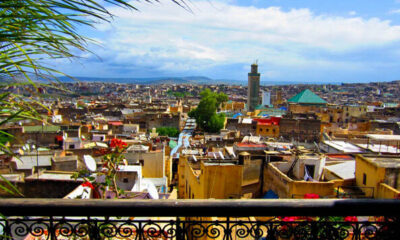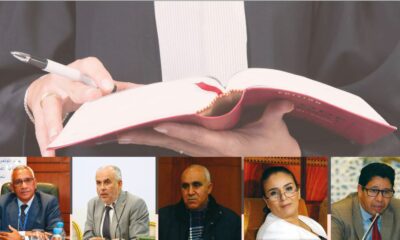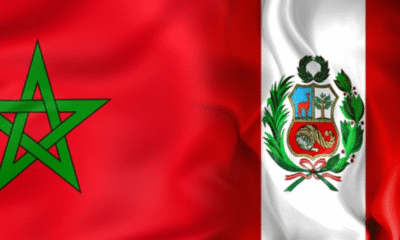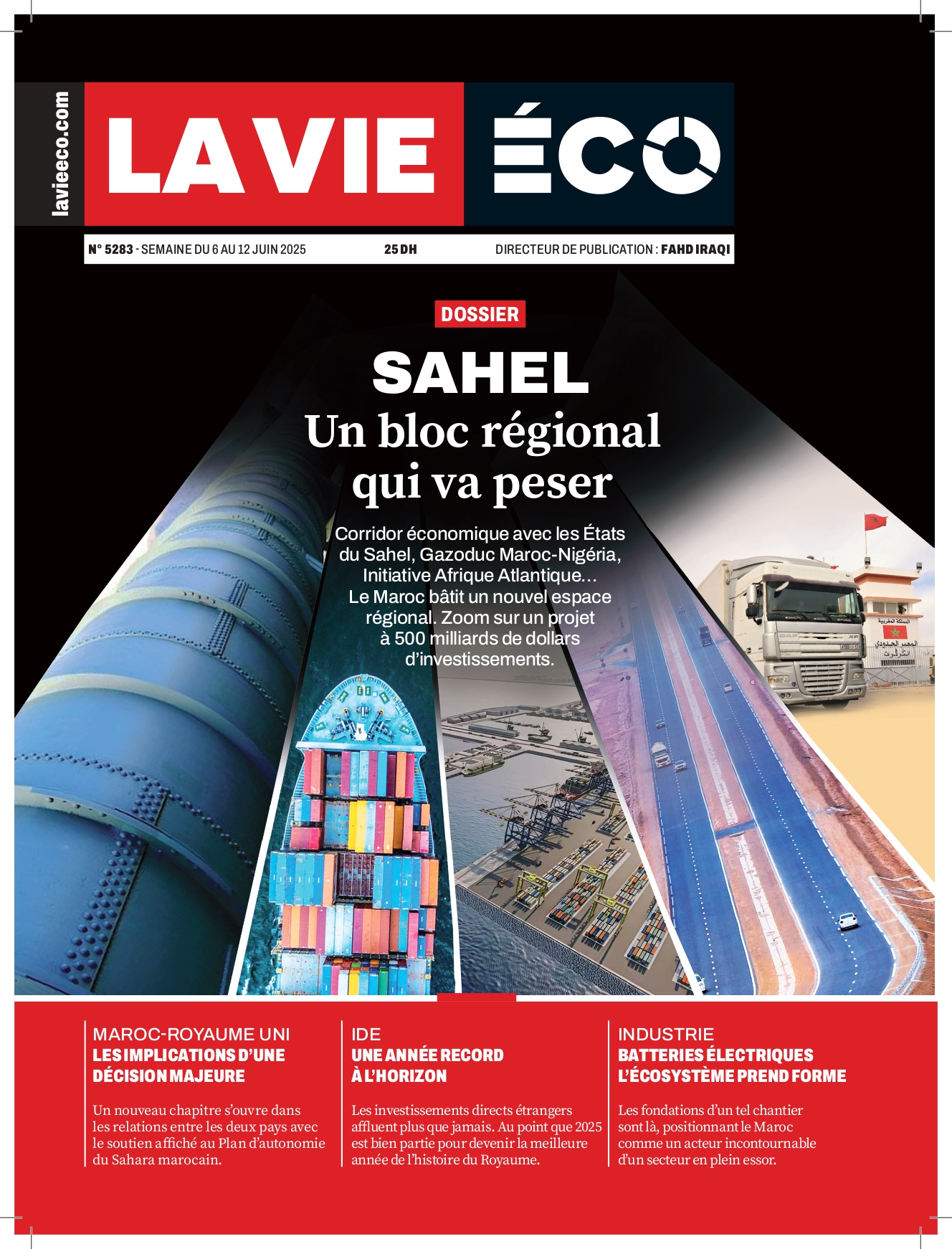Business
Karim Zidane : «The new Investment Charter demonstrates its effectiveness»
The Minister Delegate in charge of Investment, Convergence, and Evaluation of Public Policies returns in this interview to the unprecedented dynamic that investments are experiencing in Morocco. He details the actions planned to further stimulate it and boost job creation.
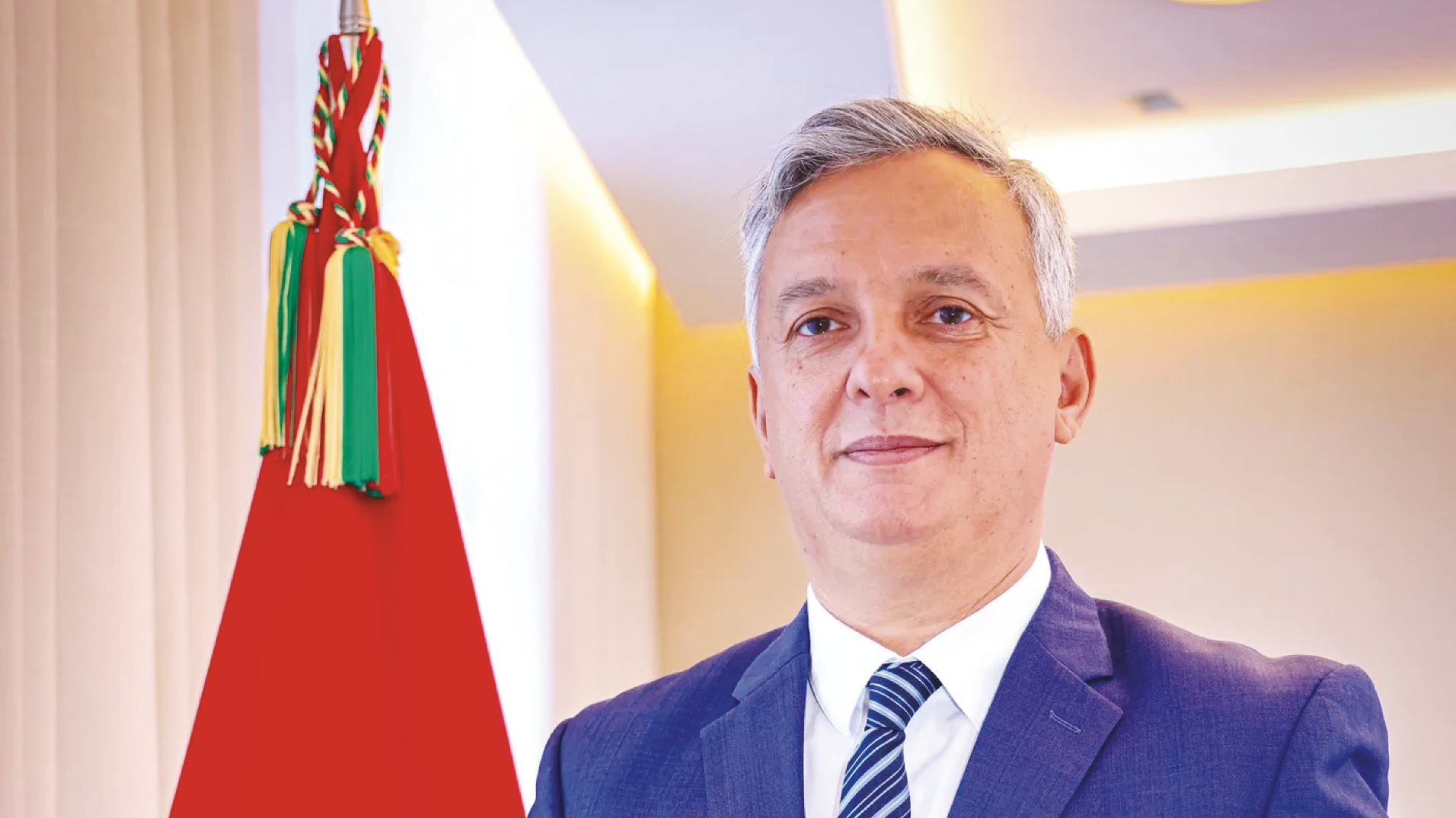
Investment Charter, device dedicated to SMEs, reform of CRI, simplification of the investment act, attractiveness for FDI, stimulation of private investment, business climate, green hydrogen… Karim Zidane and his teams are on all fronts to consolidate Morocco’s position as a privileged investment destination.
Several strategic projects are being carried out simultaneously, with a goal in sight: to massify productive projects to multiply job creation, in line with government priorities. According to him, « the current trajectory is positive, both in terms of FDI and national private investment ». And this is just the beginning. Interview
The device dedicated to SMEs is at the heart of the government’s employment plan. When will it be operational and what are its contours?
The device of the new Investment Charter dedicated to SMEs is fully part of the national roadmap for employment relaunch. True pillars of the Moroccan economic fabric, SMEs play a central role in creating wealth and jobs. In this context, the government’s employment plan provides for a budget envelope of nearly 12 billion dirhams to boost investment, particularly that carried by SMEs .The device will be distinguished by its readability and ease of access for all SMEs. It will target investment projects with amounts ranging from 1 to 50 million dirhams, with a particular emphasis on job creation, in perfect harmony with government priorities.
Furthermore, proximity support will be implemented at the territorial level, based on regional governance, ensured by the Regional Investment Centers (CRI) and the Unified Regional Investment Commissions (CRUI).
The objective is to stimulate the creation of new businesses, strengthen the resilience of existing SMEs, and encourage them to grow, particularly in strategic sectors with high potential.
What role will the CRI play in the deployment of this device? More broadly, what are the main objectives of the ongoing reform of the CRI and the CRUI?
The effective implementation of the device dedicated to SMEs requires proximity support adapted to the needs of businesses. In this perspective, the mission of deploying the specific support device for SMEs has been entrusted to the Regional Investment Centers (CRI), which will ensure its animation and coordination on the ground.
The Unified Regional Investment Commissions (CRUI) will have the mission of approving investment convention projects and any subsequent amendments.More broadly, the CRI, as facilitators and catalysts of investment at the territorial level, are called upon to play a central role in the investment dynamics at the regional scale.
The stated ambition for CRI 3.0 is to strengthen their prerogatives and their anchorage in the local ecosystem by positioning them as the reference for investment at the regional level.
The CRI of tomorrow will impose itself as a central actor in territorial planning and investment promotion, with complete mastery of the investor’s journey. It will play a driving role in strategic thinking around the development of investment at the regional level, while actively contributing to improving the business climate.
It will also ensure the follow-up and realization of projects throughout their life cycle. Finally, it will be recognized for its ability to effectively solve the problems of investors, positioning itself as a true « problem solver ». The reform of the CRI, through the adoption, in December 2024, of Law 22-24 amending and supplementing Law 47-18, comes to strengthen the prerogatives and central role of these centers, improve their effectiveness and that of the CRUI, and implement the new governance of investment.
What are the main lessons drawn from the two years of operationalization of the new Investment Charter?
The main finding, after two years of implementing the new Investment Charter, is its proven effectiveness. Indeed, the number, size, and impact in terms of jobs of the projects supported under this new Charter have seen a significant increase compared to previous systems. The average annual number of approved projects has doubled, the average annual investment amount has increased fivefold, and the number of forecasted jobs created each year has increased sevenfold.
Another major lesson is that the objectives pursued by the new Investment Charter, particularly in terms of territorial equity, are being realized. Thus, the projects approved over the past two years cover all 12 regions of the Kingdom, i.e., 45 provinces and prefectures.
Almost 50% of the validated investment amounts will be carried out outside the Tangier-Rabat-Casablanca axis. Moreover, 39% of the approved projects are planned in provinces with development delays, i.e., provinces and prefectures rewarded by the new Investment Charter.
Furthermore, another notable lesson is the great diversity of approved projects. It is important to emphasize that these investments cover over 30 sectors, including automotive, agri-food, textiles, chemicals, aerospace, rail, pharmaceuticals, tourism, energy, transportation and logistics, outsourcing, digital, aquaculture, mining, telecommunications, and waste recovery.
Finally, a last essential lesson is that, although the new Investment Charter attracts an increasing number of foreign direct investments – particularly in strategic sectors like electric mobility or textiles – it primarily targets national investors. This is evidenced by the fact that 70% of the projects benefiting from the new Charter over the past two years were carried by Moroccan investors.
In terms of FDI, 2024 was a record year, and 2025 is starting strong. Is Moroccan private investment following the same trajectory?
The year 2024 was the second-best performance in Morocco’s economic history in terms of foreign direct investment (FDI), and we are approaching 2025 and the coming years with renewed confidence in the prospects for attractiveness and growth.
Indeed, the results we observe today are the result of a set of key factors: Morocco’s stability, competitiveness, and privileged access to major international markets. They are also explained by the structural reforms undertaken under the impetus of His Majesty the King, may God assist him, in recent years, notably the implementation of the new Investment Charter, the continuous improvement of the business climate, and the sustained promotion efforts carried out by the ministry in close collaboration with the AMDIE.
I also want to emphasize that national private investment, which represents more than two-thirds of total private investment, is also part of this positive dynamic. Indeed, the vast majority of projects approved under the new Investment Charter, as well as by the CRUI in the 12 regions of the Kingdom, are carried by companies with Moroccan capital.
What are the main projects opened by the ministry to further stimulate private investment? Is the goal of reaching 550 billion dirhams in private investment by 2026 on track?
The ministry has undertaken several structural projects to stimulate private investment. On the one hand, the operationalization of the device of the new Investment Charter dedicated to very small, small, and medium-sized enterprises is underway, in consultation with all departments, with a view to the upcoming adoption of the decree implementing the charter in the Council of Government.
On the other hand, a second major project is the implementation of the new reform of the CRI to make them the reference for investment in each of the 12 regions. Another major project is the multi-year roadmap 2023-2026 dedicated to improving the business climate, whose progress is very satisfactory: 98% of the 46 planned initiatives have been launched, and 50% of them are already completed.
Finally, a fourth priority project concerns the continuation of investment promotion efforts, both nationally and internationally. To this end, numerous meetings have been organized with investors, both in several cities of the Kingdom and abroad, in a logic of constant support until the realization of their projects and the effective creation of job opportunities.
Regarding the objectives set for the horizon of 2026, the current trajectory is positive, both in terms of FDI and national private investment.
Although there are no consolidated official figures yet on national private investment, we are working closely with the HCP, DGI, CNSS, and DEPP within the framework of setting up the Investment Observatory. The objective is to have reliable, harmonized, and shared data by all stakeholders, allowing for better measurement of private investment and its impact in terms of job creation.
In light of the projects announced and approved in recent months by the National Investment Commission, all indicators converge to affirm that the objectives set by His Majesty King Mohammed VI, may God assist him, are on track to be achieved.
The grievances of the private sector unanimously converge towards the need to simplify the investor’s journey. What are the priorities of your action plan in this area?
The simplification of the investment act is one of the key indicators of the improvement of the business climate in our country. In this context, accelerating the simplification of administrative procedures is imperative. It is necessary to operate a genuine paradigm shift, moving from a logic centered on administration to an approach resolutely oriented towards the «investor’s journey».
Over the past year, we have collaborated with more than 25 institutional actors and consulted over 250 investors and project holders across the 12 regions of the Kingdom.
This participatory approach has allowed us to define concrete objectives, in line with the expectations of the field, particularly those of SMEs and Moroccans abroad.
In this project, two subjects are priorities: ensuring enhanced access to reliable and legally binding information, and accelerating the establishment of the regulatory framework for administrative interoperability, as well as its effective deployment within the territories.
We are currently finalizing several tools and solutions aimed at improving access to information for businesses and investors, thus offering them better visibility over the entire life cycle of their investment projects.
Regarding interoperability, after identifying the relevant documents and decisions as well as the digital tools required for sharing documents and data between administrations, we are currently in the phase of finalizing the analysis of its regulatory impact.
In terms of green hydrogen, the first projects selected under the Morocco Offer concern the entire value chain. What are the determinants that guided this choice? And what is the next step?
The choice to cover the entire value chain, from renewable energy production to the transformation of hydrogen into high-added-value derivatives, is part of a strategic vision aimed at positioning the Kingdom as an integrated and competitive actor on the international scene. This choice is based on four major determinants.
Firstly, Morocco’s strategic geographical positioning, combined with the abundance of renewable resources with high potential, particularly solar and wind, offers optimal conditions for producing green electricity at low cost.
Secondly, the firm intention to maximize value creation on national territory, going beyond the simple export of energy raw materials.
Thirdly, the need to structure a complete industrial ecosystem, creating qualified jobs and serving as a vector for technology and skill transfers.
Finally, the diversity of hydrogen derivatives planned in the selected projects, such as ammonia, e-fuels, or green steel, allows for risk diversification, essential in an emerging sector.
Following the recent selection of five additional investors under the Morocco Offer for green hydrogen, the next step will involve signing preliminary land reservation contracts.
These contracts will allow the selected investors to conduct their « Pre-Feed » studies. At the end of this phase, and subject to the fulfillment of the commitments of the various parties, more in-depth negotiations will be initiated.
Still in green hydrogen, where is the implementation of the strategic project «H2 Chbika» near Guelmim? Should we expect something concrete soon?
The « H2 Chbika » project, located in the province of Tan-Tan and carried by an international consortium composed of TotalEnergies, Copenhagen Infrastructure Partners, and AP Moller Capital, is the first to have been the subject of the signing of a preliminary land reservation contract within the framework of the «Morocco Offer» for green hydrogen. This emblematic project clearly reflects the Kingdom’s ambition to impose itself as a reference actor on an international scale in the development of the green hydrogen sector.
This flagship project, signed in the presence of His Majesty the King, may God assist him, is currently in the «Pre-Feed» study phase. This stage involves the realization, by the consortium, of a set of technical and financial studies, including the installation of measuring instruments, the evaluation of expected positive externalities, as well as the analysis of the infrastructure needs necessary for the implementation of the project.
A monitoring committee, which I have the honor of chairing, meets regularly in accordance with the provisions of the signed contract. This committee ensures, on the one hand, compliance with the commitments made by the consortium and, on the other hand, ensures close coordination between all state stakeholders involved, in order to enable the Moroccan state to effectively support investors in their approaches and studies. The objective of this monitoring mechanism is to bring together the conditions for the success of the project, in a win-win partnership logic between the Moroccan state and the consortium.
The project, which plans for the industrial-scale production of green hydrogen and derivatives, could generate several thousand direct and indirect jobs in the Guelmim-Oued Noun region. It constitutes an important milestone in the implementation of the national green hydrogen strategy. The Moroccan state, in compliance with the provisions of the Morocco Offer, is giving itself all the means to bring the selected projects to fruition.
Although this project is part of a multi-year timeline, the signs of progress are encouraging, driven by a strong commitment from public and private partners.
PROFILE
A graduate in mechanical engineering, this native of Souk Al Arbaâ has had a brilliant career in Germany without ever cutting ties with Morocco. He created a network of German-Moroccan skills to facilitate the transfer of expertise and defend Moroccan interests abroad.



